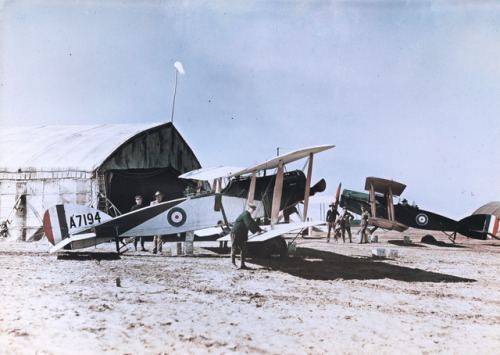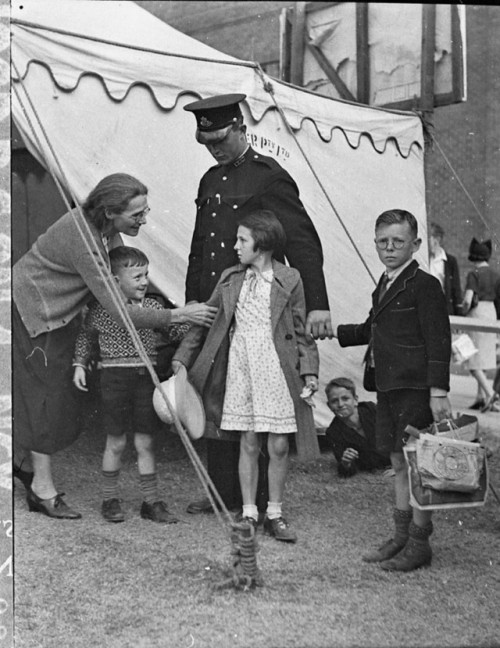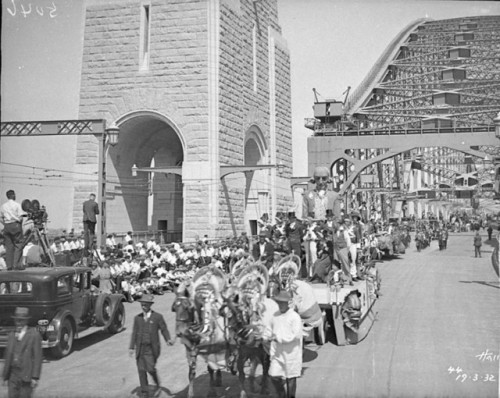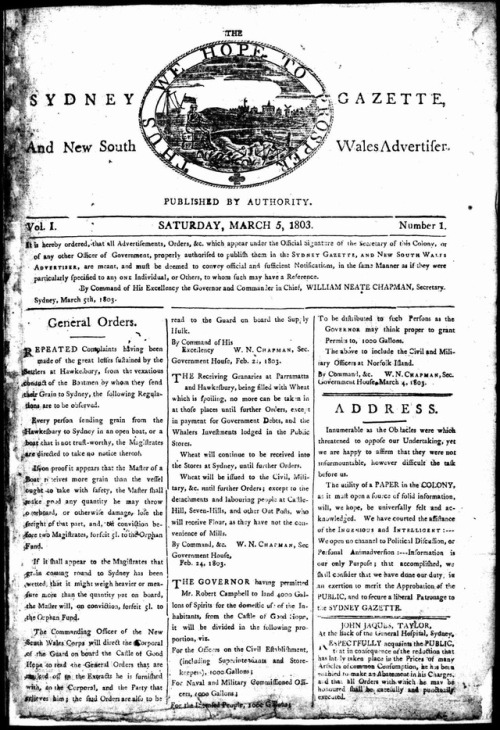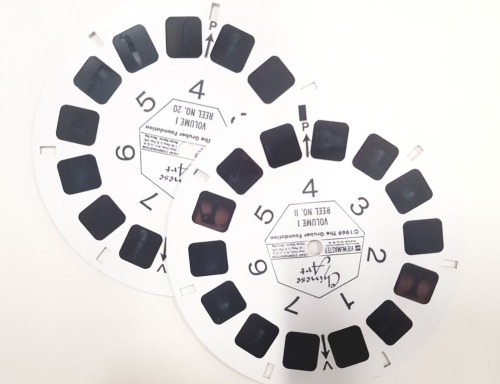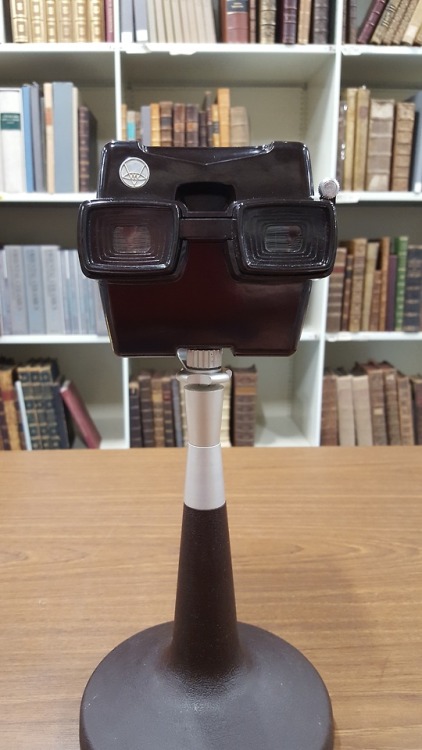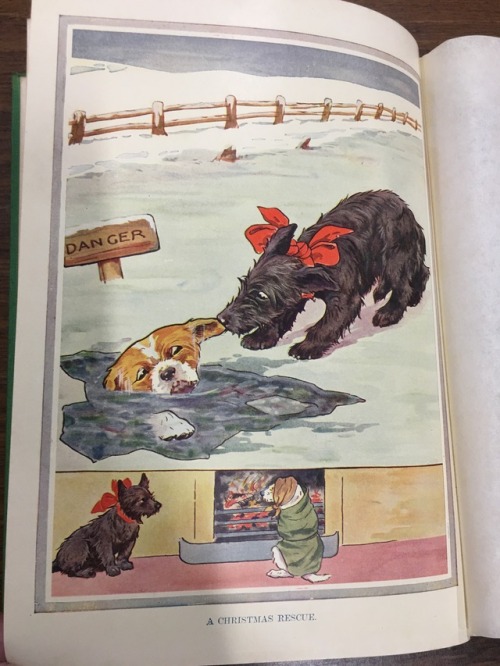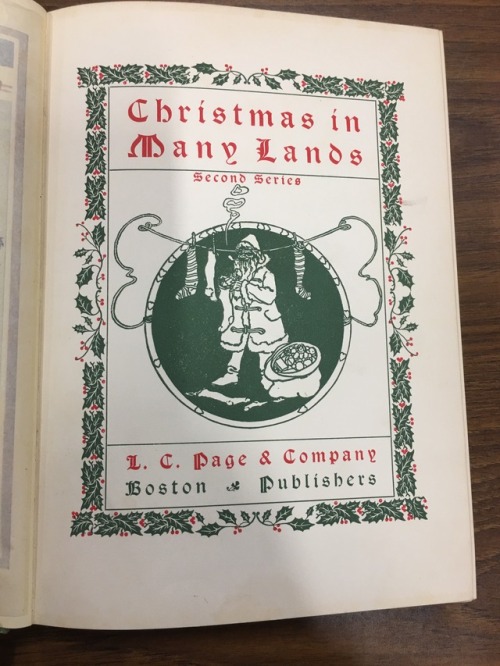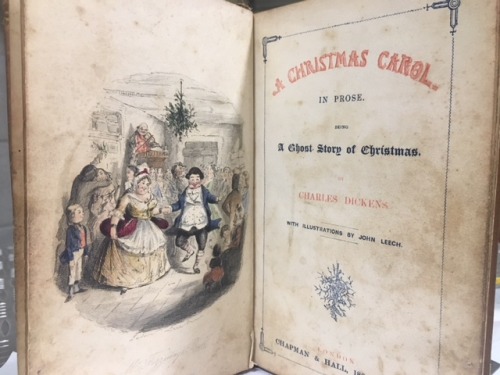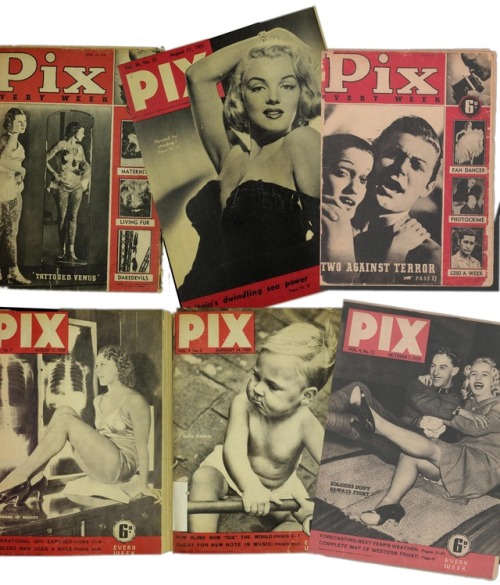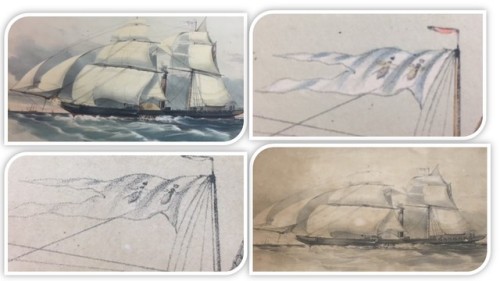#state library of new south wales
Photographer:Frank Hurley
Year:Unknown
Location:Palestine
Description:Transportation of weapons and war supplies to Australian troops down a road with the view of the Jordan Valley in the background.
Source: Mitchell Library, State Library of New South Wales
Post link
Photographer:Frank Hurley
Year:1918
Location:Belah, Palestine
Description:The campsite of the Australian 4th Light Horse Brigade situated amongst the sand hills in Belah, Palestine on February 1918.
Source:Mitchell Library, State Library of New South Wales
Post link
Photographer:Frank Hurley
Year:1917
Location:Palestine
Description:Fighter planes parked outside the hangar of the 1st Squadron of the Australian Flying Corps in Palestine.
Source:Mitchell Library, State Library of New South Wales
Post link
Photographer:Frank Hurley
Year:1918
Location:Mejdel, Palestine
Description: Lieutenant General Sir Harry Chauvel conducts an inspection of the men and Bristol F.2B fighter planes of the No.1 Squadron, Australian Flying Corps, at Mejdel around January 1918.
Source: Mitchell Library, State Library of New South Wales
Post link
Photographer: Frank Hurley
Year:1917
Location: Ypres, Belgium
Description: A view of the shell-cratered battlefield of Westhoek Ridge as seen from Stirling Castle on September 20th, 1917. The image was taken around 9 AM, the time which troops of the Australian 1st and 2nd Divisions were operating in the area.
Source:Mitchell Library, State Library of New South Wales/Australian War Memorial
Post link
Photographer: Frank Hurley
Year:1917
Location: Ypres, Belgium
Description: Stretcher bearers of the 13th Australian Field Ambulance rest at a dressing station on Westhoek Ridge around October 1917.
Source:Mitchell Library, State Library of New South Wales/Australian War Memorial
Post link
Photographer: Frank Hurley
Year:1917
Location: Ypres, Belgium
Description: The remains of two knocked-out tanks on the muddy fields of the Ypres sector on September 20th, 1917. Surrounding them are the bodies of two deceased soldiers.
Source: Mitchell Library, State Library of New South Wales/Australian War Memorial
Post link
Photographer: Frank Hurley
Year: 1918
Location: Nalin, Palestine
Description: Soldiers of the Australian 2nd Light Horse Brigade take cover behind rocks with rifles drawn on January 17th, 1918.
Source: Mitchell Library, State Library of New South Wales/Australian War Memorial
Post link
John Tebbutt (1834–1916)
“Australia’s most distinguished nineteenth century astronomer was John Tebbutt of Windsor, New South Wales…”*
Tebbutt observed his first comet at the age of nineteen and for the next 60 years devoted his life to the study of astronomy.
Tebbutt died in 1916 and his family had no interest in astronomy or his archive of astronomical records, his library or telescopes, even so his son arranged in memory of his father, for the volumes of inward letters, the library and original observing books, journals, notebooks, diaries and other astronomical and meteorological records to be donated to the Mitchell Library, State Library of New South Wales.
The Mitchell Library holds “The John Tebbutt” collection: John Tebbutt astronomical and meteorological papers, ca. 1847-1915
Hear more about the fascinating subject of astronomy and view some beautiful books from the State Library of New South Wales’ rare book collection in the upcoming rare books astronomy talk.
Date: 19th September Time: 10:30am - 12:30pm Venue: Meet in the Macquarie Street foyer Cost: $15 + booking fee
Bookings essential: http://www.sl.nsw.gov.au/events/rare-books-astronomy
References:
*John Tebbutt of Windsor, New South Wales: A pioneer Southern Hemisphere variable star observer / W. Orchiston. (Irish Astronomical Journal ; v. 27 (1)).
Post link
Today, Friday March 23, marks the first day of the Sydney institution theRoyal Easter Show.The Easter show has been held since 1823 and is organised by the Royal Agricultural Society of New South Wales. Part agricultural show, fair and amusement park, it has been a popular event for many generations of Australians.
These photographs were taken by noted photographer Sam Hood in 1938 and are held by the Library as part of the collection of negatives known as the Home and Away collection. The photographsdepictshowgoerswith their sample bags of treats which were at the time were free. Today sample bags have mostly given way to a commercial version of treat and toy bags called show bags, which are for sale. The Royal Easter show closes for the year on April 3rd.
Post link
On this day, 19th March 1932, the Sydney Harbour Bridge was officially opened.
Construction of the bridge began in 1924, and took 1400 men eight years to build at a cost of £4.2 million. Sixteen lives were lost during its construction, while up to 800 families living in the path of the proposed Bridge path were relocated and their homes demolished when construction started.
The arch of the Sydney Harbour Bridge was built in two halves cantilevering from each shore and tying each half back by steel cables that were anchored into U-shaped tunnels excavated into the sandstone rock. Construction of the two halves of the arch began late in 1928, and the two halves were properly joined on 19 August 1930.
Theofficial opening of the bridge occurred on 19 March 1932.
Despite the bridge opening in the midst of the Great Depression, the festivities included an array of decorated floats, a procession of passenger ships sailing below the bridge, and a Venetian Carnival. After the official ceremonies, the public was allowed to walk across the bridge on the deck, something that would not be repeated until the 50th anniversary celebrations in 1982. Estimates suggest that between 300,000 and one million people took part in the opening festivities, a phenomenal number given that the entire population of Sydney at the time was estimated to be 1,256,000.
As the crowd waited for Premier Jack Lang to officially open the bridge, Francis de Groot, a member of the New Guard militia group, charged forward on a horse, slashed the ribbon and declared the bridge open.
De Groot was dragged from the horse and later charged with offensive behaviour, the ribbon was retied and the bridge was then officially opened.
The State Library of New South Wales holds a collection of material pertaining to Francis de Groot, including photographs, letters and his autobiography
The State Library of New South Wales has digitised a large collection of photographs from the collection, which depict the opening festivities.
Post link
James Nasmyth the inventor of steam hammer developed an interest in astronomy and photograph in later life. Photography had not yet advanced to the point where actual photographs of the Moon where possible, Nasmyth made plaster mold models based on the observations he made with his reflecting telescope. The models where photographed by astronomer James Carpenter using lighting from various angles to achieve a realistic result.
Both Nasmyth and Carpenter were proponents of the idea that craters on the Moon were of volcanic origin, an idea later proven incorrect. Nevertheless, both authors are honoured by craters on the Moon having been named after them. This 1874 work is an early example of a photobook, a book where photographs make up a prominent component of the overall content. This copy is held by the Library in our Rare Books collection. We also hold a copy once owned by the noted Australian astronomer John Tebbutt. The Moon along with some of the Library’s other astronomical treasures will be on display as part of upcoming Rare Books: Astronomy talk. Bookings are essential.
Post link
Australia’s first newspaper,The Sydney Gazette and New South Wales Advertiser, was first printed, on this day, 5th March 1803 .
George Howe, one of the early convicts to arrive in New South Wales, was responsible for creating the colony’s first newspaper. George Howe was born in the West Indies but was well-educated and he had extensive printing experience. His original death sentence for shoplifting in England was commuted to transportation to New South Wales. His skills in printing were immediately put to use for the publication of government documents. In 1802 he issued the first book printed in Australia, “New South Wales General Standing Orders”, which listed Government and General Orders issued between 1791 and 1802. Copies are held in the State Library of NSW.
Howe was also permitted to commence Australia’s first newspaper, which he printed from a shed at the back of Government House. On 5 March 1803, publication commenced of “The Sydney Gazette and New South Wales Advertiser”. Initially it was printed weekly, and held four portfolio pages of official material, with a small number of private notices. Early editions comprised shipping news, auction results, crime reports and agricultural notices, poems, literature and religious advice.
The Sydney Gazette.. remained the only newspaper in Sydney until the appearance of explorer William Wentworth’s “The Australian” in 1824.
Australia’s first newspaper is celebrated in this stained glass window in the Mitchell Library Reading Room at the State Library of New South Wales.
It portrays George Howe presenting a copy of the first issue to Governor Philip Gidley King. Next to Governor King is his son Phillip Parker King, and standing behind the printing press is his wife, Mrs King. The small boy partially obscured on the left of the scene is George Howe’s son Robert.
Originals of the Sydney Gazette..newspaper are held in the State Library of New South Wales and have been digitised and are all available on Trove.
Post link
Happy Valentine’s dayandLibrary Lover’s Day
The Romance of Tristram of Lyones & la Beale Isoude.
Drawn out of the Latin into romance by Robert de BorronandLuces de Gast … set forth in the English tongue … by Evelyn Paul.
Held by the State Library of NSW in the Rare Books Collection. Location number: RB/DS841.19/T838/3
Tristan, or Tristram in Old English, was a contemporary of King Arthur and a Knight of the Round Table. He was the nephew and champion of King Mark of Cornwall and the son of Meliodas, King of Lyoness.
Tristam and Isoude are the characters of a famous medieval love-romance, based on a Celtic legend.
The legend of Tristan and Isoulde, with its emphasis on a love that cannot be denied even when it leads to tragedy, has continued to appeal to artists since medieval times. It inspired three English poets of the 1800s:Matthew Arnold (Tristram and Iseult), Algernon Swinburne (Tristram of Lyonesse), andAlfred, Lord Tennyson (part of the Arthurian poem Idylls of the King). American poet E. A. Robinson based his Tristram on the legend.
One of the most influential works to draw on the story was the opera Tristan und Isolde, by German composer Richard Wagner. There is also a movie called Tristan + Isolde made in 2006 and filmed in Ireland.
Post link
TheRare Books and Special Collections isn’t all books. We are using the Lunar New Year to take a closer look at some Chinese treasures and a retro gadget. The four volume work, Chinese Art in three-dimensional colour, comes with a View-Master and reels with 1200 images. The art works captured on the reels are from both public and private collections and have examples of art works from the Neolithic period to the twentieth century. The photographs were taken by William Gruber, with Rupert Leach taking over after Gruber’s death in 1965.
The View Master is probably best known to most people as a children’s toy, but was originally intended as an educational tool. In addition to reels with images of popular film characters for children, reels were released with scenes of tourist attractions, an atlas of human anatomy and even training materials for US military personnel in WWII.
The Library’s collection of eresources have some interesting articles about the invention and re-invention of the View Master. Use your library card to access these articles.
Walker, R. (2007, May 13). Toy story. New York Times (1923-Current File)
Hochfelder, B. (2007). Viewing excellence in all dimensions: No rose-colored glasses required. Advanced Imaging, 22(5), 6.
Post link
On this day, 7th February, Charles Dickens (1812-1870), renowned novelist and social commentator, was born 206 years ago!
While Charles Dickens never visited Australia, he was very interested in the land ‘down under’ – and we were very interested in him! So much so that fans would line the docks waiting for the next shipment of his serials.Tasmanian newspaper editor Henry Dowling seized on the Dickens frenzy and printed and published an 'unauthorised’ version of Dickens’ first novel 'The Posthumous Papers of the Pickwick Club’ (commonly known as 'The Pickwick Papers’) in 25 parts.
Henry Dowling also produced lithographed illustrations that appeared some weeks later and were then presented gratis to subscribers. These illustrations, which are signed “Tiz” in a bold imitation of the London issue “Phiz”, are generally considered to have been the work of Jack Briggs, a servant of Dowling. This bound volume claimed that it was “the largest publication which has issued from either the New South Wales or Tasmanian Press.”
The State Library of New South Wales holds a complete set of the rare pirated Launceston editions of ’The Pickwick Papers’ (August – December 1838). One edition is pictured, alongside a beautifully bound rare 1937 edition (LONDON: Chapman & Hall, 1837).
View the digitised ’The Pickwick Papers’ :
Post link
See the World’s Largest Atlas plus the State Library’s smallest book.
The State Library holds Australia’s only copyofEarth Platinum - the world’s largest atlas, according to the Guinness World Records, with pages spanning 2.7 metres when opened.
Only31 copies of the 150 kilo, limited edition atlas were released by publisher Millennium House (Sydney) in 2012 – the State Library of NSW holds Australia’s only copy.The atlas’s 128 pages contain 61 pages of maps, 27 images of famous locations (including St.Peter’s Basilica, the Antarctic and Machu Picchu) and a double-page spread of the world’s national flags. Many of the images were made from stitching together 1,000 individual photos, and the largest image has 12,000 photos joined together.
This mammoth book standing at almost two metres tall will be on public display in the Mitchell Library Reading Room from Wednesday 20 December 2017 until Monday 5 February 2018.
Also on display is the smallest book in the Library - the Lord’s Prayerwhich was published by the International Gutenberg Society in 1958. It contains the Lord’s Prayer in seven languages: English, French, German, English (American English), Spanish, Dutch and Swedish.
The book is 6 mm x 6 mm (smaller than a fingernail) and every page has been engraved on metal in a type foundry and was not reduced through photographic means. The leaves are hand folded, sewn and bound in leather and decorated with gold stamping on the cover and spine.
Come and visit the Library to have your picture taken with these wonders from the collection.
Post link
More Australian journal titles recently added to Trove
A number of historical journal and newspaper titles have been digitised and made fully searchable online through Trove as part of the State Library’s Digital Excellence Program, a major initiative supported by the NSW Government.
A selection of the recently-added titles include:
Decoration and Glass, a journal for home builders, architects and decorators(1935-1949). First issued in May 1935 by Australian Glass Manufactures Co. Ltd., this monthly publication was sold in bookstalls throughout New South Wales for sixpence a copy. The magazine is a rich resource for articles featuring both building and interior designs and is full of advertisements for building products and services. Decoration and Glass was identified by State Library Staff as being a popular resource that was not available on microfilm, and was therefore nominated for our digitisation program.
The Daily Telegraph (1879-1923). The four-page Daily Telegraph (aka ‘The Tele’ or 'The Terror’) was first launched in Sydney on 1 July 1879 and was priced at a penny. Intended as a rival to the Sydney Morning Herald, the paper ran as a broadsheet until 1927, when it switched to its more familiar tabloid format. Today, it’s the largest selling daily newspaper in New South Wales.
The Australian Women’s Mirror (1924-1961). The magazine was launched in November 1924 as an offshoot of the Bulletin, which, according to the Mirror’s first editorial, had been knocking back a ‘large amount of purely feminine writing’. The new weekly magazine would supply women in the city and the bush with conversation material: about theatre, film, music, sport ‘and a little about books and the people who write them’.
The Home (1920-42).The Home: the Australian Journal of Quality was the first locally produced women’s magazine to emulate imported society magazines of the stylish North American Conde Nast publishing stable. Launched in 1920 by Sydney Ure Smith (1887-1949), this prestigious and trend-setting quarterly publication produced nearly 230 issues during its 23-year print run.
Building Magazine (1907-1942). The Building Publishing Company was established in Sydney by architect-engineer- craftsman and pioneer aviator George Augustine Taylor (1872-1928) and Florence Mary Taylor CBE OBE (1879-1969), Australia’s first qualified woman architect, structural engineer and civil engineer, shortly after their marriage on 3 April 1907. The Taylors quickly developed a successful stable of industry publications, largely written by the enterprising couple, and spearheaded by Building Magazine (1907-1972).
The Lone Hand (1907-1921). The Lone Hand was a sister publication to the famous Bulletin (1880-2008), modelled on the London Strand and founded by J.F. Archibald and Frank Fox, The Lone Hand was given the title originally preferred for the Bulletin itself. It was a monthly magazine of literature and poetry, with illustrations by significant Australian artists of the time.
The State Library of NSW has chosen Trove as the delivery vehicle for serials digitised through the Library’s Digital Excellence Program. One of the many reasons is the widespread popularity of the Trove service and the ability to search, zoom, share ,download and easily cite resources through the online interface. For more information on using these excellent resources online you can refer to the Trove help pages.
We are currently digitising Everyone’s: The Motion Picture Authority (1920-1937) and New South Wales Post Office Directory (aka Wise’s Directory) (1886-1950) and will be making these available through Trove over the coming year.
Post link
It is the last business day in Australia before Christmas so it’s as good a time as any for the Librarians in the Rare book team to retrieve one of our favourite Christmas Books from the collection. Published in Boston by L.C. Page in 1928, Christmas in Many Lands features a number of stories from mostly European counties, adapted in he English or new stories set in those countries by contemporary writers. The book features illustrations including some gorgeous coloured plates that can only be described as classic chocolate box. These idealised images of mostly European Christmas celebrations are very different to the warm weather scenes of an Australian Childhood. The authors and illustrators were particularly found of stories featuring cats or dogs, either heroic or friendly. This copy is part of the Library’s Rare Book Collection. It is part the Library’s Model School Library Collection which was selected by librarians at the Library between 1938 to 1949 to represent what was at the time thought to be an ideal collection for an Australian school.
We’d like to take this opportunity to wish everyone an safe and Merry Christmas and a bright New Year.
Post link
A Christmas Carol in Prose, Being a Ghost-Story of Christmas, commonly known as A Christmas Carol, is a novella by Charles Dickens, first published in London by Chapman & Hall in 1843; the first edition was illustrated by John Leech.
TheState Library of New South Wales has a copy of the 1843 first edition in the Rare Books Collection. You can see from the photographs below, our copy has ink stains on the front cover.
To find out more we have an online research guide to ’Rare Books and Special Collections’.
Published on 19 December, the first edition sold out by Christmas Eve; by the end of 1844 thirteen editions had been released. Most critics reviewed the novella positively.
A man dies alone and unloved, who is this man? Scrooge’s journey with the Ghost of Christmas Yet to come ends in a graveyard and the Spirit forces Scrooge to find the answers in a terrible way.
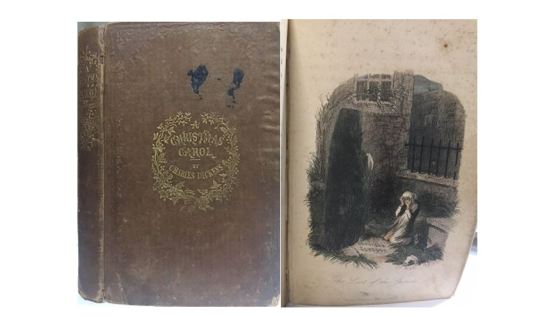
At the Theatre Royal in March 1845 theatre goers were presented with a Second Night of “A Christmas Carol or visions of the past, present and future”

References:
Advertising (1845, March 4). The Australian (Sydney, NSW : 1824 - 1848), p. 3. Retrieved from http://nla.gov.au/nla.news-article37155351
First editon: Call number Rare Books SC/111: Inscribed on half-title page: “Grace P. Burall from William [Mytheall?] January 1844”; Part of the Bertram Howell Bequest, 1961.
Post link
Pix magazine now available online
Australia’s post-depression resurgence from 1935 to 1939 coincided with a change in the tempo of public thought and the arrival of new pictorial magazines like Pix which gave the public new ways to imagine Australia and themselves. By the early 1930s, nearly all the magazines previously published in Australia had ceased production and only a handful of the well-established titles from the turn of the century were still in circulation.
Pix played an important role in the post-war aspirations which shaped Australians and their sense of national identity, albeit in a playful, light-hearted manner. At the price of sixpence, the heavily illustrated magazine featured a uniquely Australian mix of scandal, sensationalism, human-interest stories, fashion, politics, culture and entertainment. Its boldly designed covers included a black and white photo, showcasing a Hollywood starlet, fresh-faced Aussie girl (often in a swimsuit) or quirky animal, shot along with attention-grabbing text .
Pix provided many local professional and amateur photographers with an additional source of income by offering top rates for ‘unusual pictures which have not appeared elsewhere’. One of the magazine’s best features was its focus on Australian content with pages of Aussie jokes and cartoons as well as international photo stories. Proudly proclaiming ‘There’s knowledge in PIX - every week’, the magazine’s ‘Photo Crime’ series asked ‘how good a detective are you?’, tempting readers to examine the pictures closely for clues to see if they could solve the crime, as well as including a ‘Check What you’ve learned’ quiz and crossword puzzle in each issue.
Pix also favoured more liberalised attitudes towards sex in its articles and, following in the wake of the late 60s and 70s sexual revolution, became even more daring with its covers and content – often running stories focused on adultery, hedonism and nudity. At the height of its popularity in the 60s and 70s, Pix magazine was read by millions of Australians. The proliferation of tabloid periodicals like Pix, saw the launch of Australasian Post (1946-96) and People(1947-68); so similar in content were Pix and People that the two titles actually merged in 1971.
Every issue of Pix from 29 January 1938 to 25 December 1954, has been digitised and made fully searchable online as part of the State Library’s Digital Excellence Program. This is a major initiative supported by the NSW Government.
View the digitised Pix collection on Trove.
By Margot Riley, Curator, Research and Discovery, State Library of New South Wales, 2017
Post link
Benjamin Boyd and his Two Honey-Bees
Entrepreneur Benjamin Boyd was the proprietor of Boyd & Co., ca. 1840s and according to theAustralian Dictionary of Biography was born in Scotland, worked in London as a stockbroker before adventuring to New South Wales and becoming involved as a shipping magnate, merchant banker, pastoralist and station owner, member of the Legislative Council, town planner, whaler.
The Royal Bank of Australia funded his schemes to set up several locations on the Australian coast to establish harbours and coaling stations.
“Common to most shipping concerns, a house flag is used to distinguish vessels more readily as between various owners; Benjamin Boyd had his own particular design of flag, and in this he exhibited a unique play upon his own name. Using two honey-bees to represent the initial letters of his name, his flag was of a white back ground with two honey-bees depicted in blue.” (H.P. Wellings p39).
The search for the two honey-bee house-flag started with the works of Oswald W.B. Brierly, who was a passenger aboard Boyd’s vessel the Wanderer,which departed Plymouth arriving in Port Jackson 18 July 1842.
The State Library of NSW has a collection of Brierley’s paintings, some depicting Boyd & Co., vessels.
Boyd owned the following 14 vessels:
- Cornucobia a wooden paddle ship of 143 tons (1841-1849)
- Juno a wooden paddle ship of 362 tons (1841-1848)
- Seahorse a wooden paddle ship of 439 tons (1840-1849)
- British Sovereign a wooden 3-mast ship of 351 tons (5 months in 1845)
- Edward a wooden schooner of 87 tons (1843-1848)
- Fame a wooden 3-mast barque of 203 tons (1844-1848)
- Juno a wooden 2-mast snow of 212 tons (1843-1848)
- Lucy Ann a wooden 3-mast barque of 214 tons (1845-1848)
- Margaret a wooden brig of 185 tons (1844-1848)
- Portentia wooden brig of 185 tons (1844-1848)
- Rebecca a wooden 3-mast barque of 343 tons (1845-1848)
- Terror a wooden 3-mast ship of 257 tons (1843-1848)
- Velocity a wooden brigantine of 138 tons (1844-1848)
- William a wooden 3-mast barque of 334 tons (1844-1848)
- Wanderer a wooden topsail schooner of 84 tons, which belonged to the Royal Yacht Squadron (1841-1851)
The library collections include the following image:
The Australian Steam Packet Sea Horse - On her trial cruise by O.W. Brierly V*/Ships/Sea H/2
In the catalogue record, is a reference to a colour lithograph print of the same image at call number DGV*/SHIPS/32.
The lovely coloured depiction by Brierly of the two honey-bees on a triangle flag that represent the initial letters of Benjamin Boyd’s name on the flag is on a white back ground with two honey-bees depicted in blue on the coloured image above. (Call number DGV*/SHIPS/32 and black & white sketch depiction The Australian Steam Packet Sea Horse - On her trial cruiseby O.W. Brierly, Call number V*/Ships/Sea H/2.)
To view images that have not been digitised at the State Library of New South Wales, please visit the Librarywebsite and Plan Your Visit or send us your questions through our Ask-a-Librarian Service
Post link



